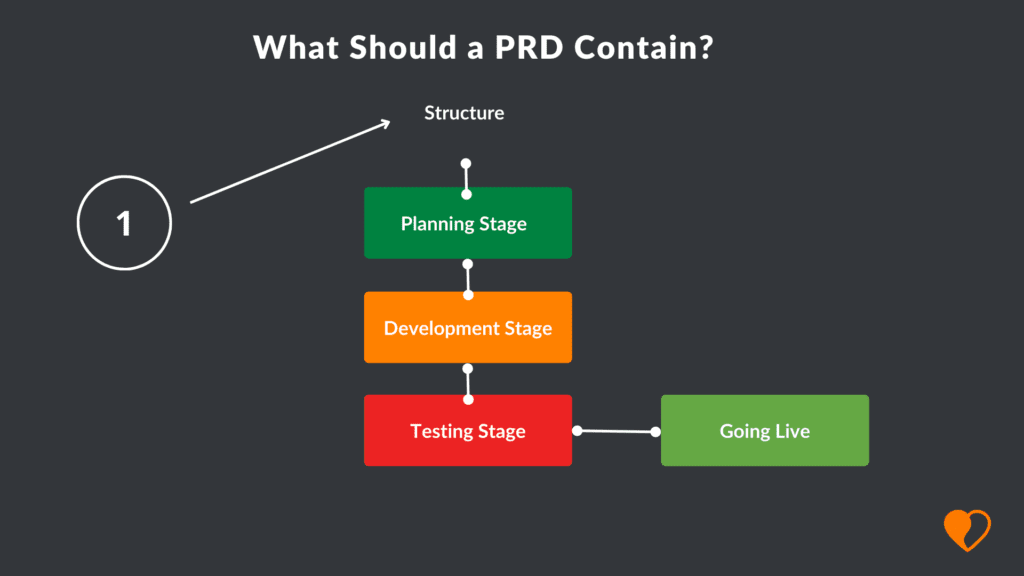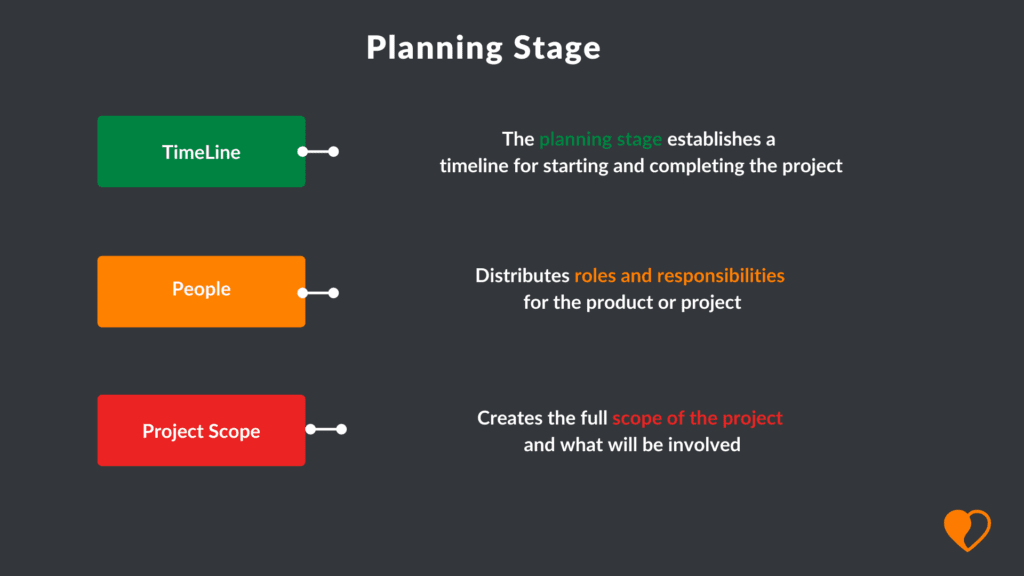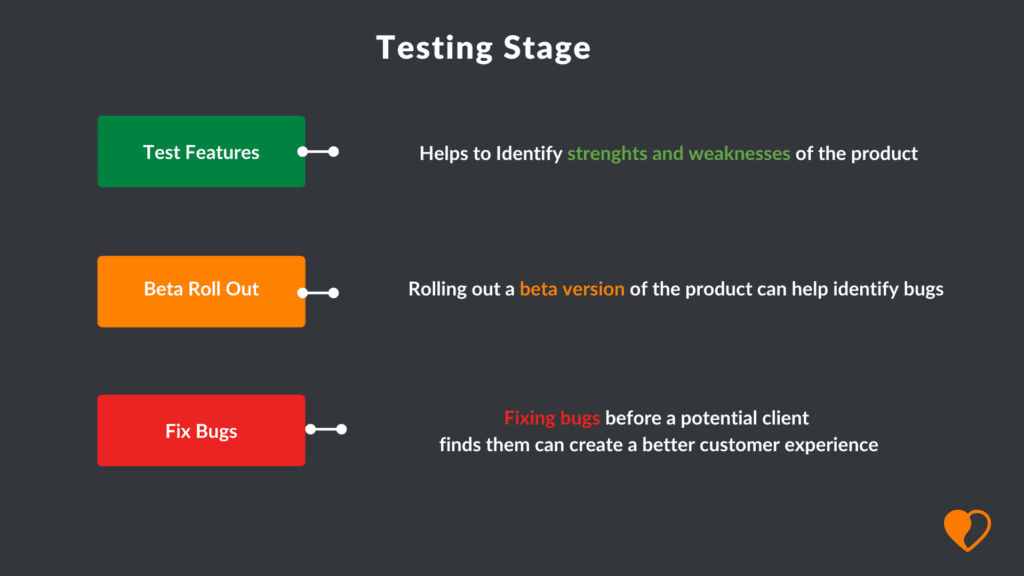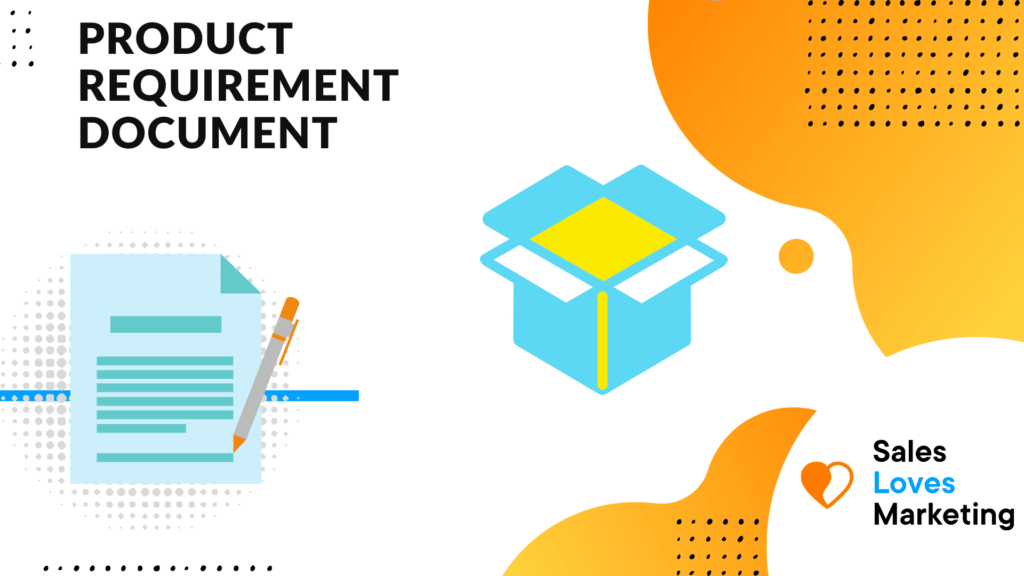What is a Product Requirement Document?
A product requirement document or also commonly referred to as a “PRD” is a special document that outlines functions and capabilities that must exist within a product. The PRD is shared amongst team members who plan to build and roll out a specific product to customers. It’s imperative that all team members involved in a project are familiar with the product requirements before they start working.
As a project manager, it’s important to ensure that there is an understanding between the team who plans to build out your product and the team providing the requirements.
What Should a PRD Contain?
A PRD first needs to establish a top-down structure that starts off with a high-level overview of the product’s core purpose. This should ideally be handled by a project manager who will lead the communication between different teams. Once the main structure is established, a detailed approach to how each stage of the project will be handled should be carefully drawn out.
In order to keep all parties on the same page, a project manager should establish different stages for getting a project done. Below is what this can look like.

On top of the different product stages, each PRD should include the following:
- Objective of the Product
- Release date
- Unique Features
- User flow and design implementations
Product Development Stages Explained
Product development stages can be much longer or shorter depending on the complexity and overall requirements of the product. However, at a basic level, they should all have the 4 core stages below.
Each stage should be carefully managed and articulated inside the product requirement document, along with scheduled dates of completion. This will hold specific teams accountable and create a great structure for team members to follow.
Planning Stage
The planning stage is the first part of the product requirement document. It should act as the starting point for the document and establish the following:
- Timeline for the product
- People involved in the project
- Scope of the project

Development Stage
The development stage will outline what features the product will have, the value it provides customers, and when each feature will be built out. It will also assign responsibility for the development along with key people.
It’s imperative that the project manager is well aware of the product components that are being built out during the development stage in order to keep things running smoothly.
Testing Stage
The product testing stage should be carefully planned out in the product requirement document. It should act as the final stage prior to releasing a product or service to the client. Below is what it can look like.

Going Live
The last stage once the testing stage has been completed is to live, or product delivery. In this stage, the team should be well aware of the information that gets passed to the client and what they’re expecting.
Product Requirements Document Template
There are plenty of product requirement document template providers on the web. One of the most reputable ones is Docsie. They can help you create custom product documents for your business at a very affordable rate. The software allows you to do some of the following tasks related to product development:
- Communicate about specific product documentation
- Publish knowledge portals about specific functions and tasks
- Manage documentation for different projects
- Get feedback on features and utility
Dossie has fantastic product documentation software that can help your team stay up to date on projects and well informed of each stage.
Conclusion
As you can see, using a piece of software to help you create a concise product requirement document is imperative to helping your team’s stay up to date and in-line with what the customer needs.
